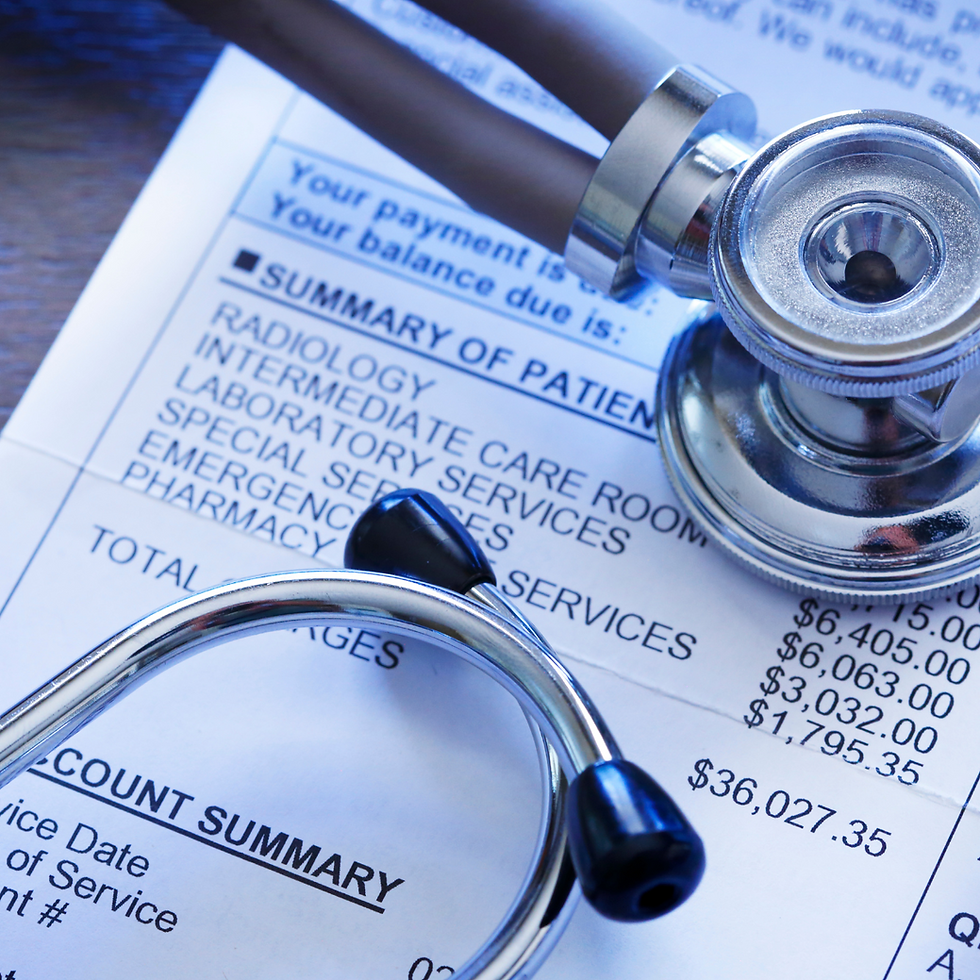What Should You Do If You Are a Victim of a Hit & Run Accident?
- Ann Sheeley
- Aug 23, 2018
- 3 min read
Updated: May 26, 2020
It happens more often than you think – you are driving along, paying attention to the road when another driver cuts you off, slamming into the front corner of your car. After the initial shock wears off, you assess the situation and do not see the vehicle that hit you. To make matters worse, you feel aches and pains, or perhaps you have sustained more serious injuries. It’s become obvious that the other driver has fled the scene of the accident.

Leaving the scene of an accident can result in criminal charges with severe consequences. Despite the legal repercussions, hit and run collisions are alarmingly common in the United States. Deaths resulting from hit and run accidents in the U.S. are at an all-time high, up 62% in 2016 vs. 2009, according to a study released in April 2018 by the AAA Foundation for Traffic Safety. Moreover, hit and runs do not always involve two cars. Nearly 1 in 5 pedestrian fatalities are blamed by hit and run accidents.
If you’ve been the victim of a hit and run accident, what should you do? How will police track down the other driver? How will your medical bills get paid? What are you going to do if you injuries prevent you from working? It’s easy for panic to set in. That is why knowing the right steps to take in the aftermath of a hit and run accident is critical. You can get compensation for your injuries, even if you don't know who hit you.
1. Safety First – Move Your Car Out of Harm’s Way, if Possible. The first thing you should do when you are involved in a hit and run accident is pull over and turn on your hazard lights. Do NOT attempt to follow the vehicle that hit you. Not only could the other motorist be dangerous, but you would also be fleeing the scene of the accident, which is a criminal offense, even if you are the victim.
2. Call 9-1-1. Once you are parked safely out of harm’s way, dial 9-1-1. Failing to contact the police, even if you don’t believe you were injured or were not able to get a description of the vehicle/ license plate number, can negatively impact your claim with your insurance company.
3. Collect Evidence. Survey the scene (as safely as possible) and make note of where the accident occurred, what you were doing at the time of the accident, and if you can, any details about the vehicle that hit you. Take photos of the damage to your own car.
4. Look For Eye Witnesses. Even if you saw or experienced the hit-and-run, witnesses are still important to back up your version of events. Talk to any and all witnesses and take down their contact information. The information they hold may be vital.
5. Seek medical attention – You will most likely be in shock after you have been in an accident and may not realize the extent of your injuries, but it is important to seek medical attention. Often times, injuries do not surface until days after an accident. Even if an ambulance is not required on the scene, it is recommended you get checked out in the emergency room.
6. Call your insurance company. It is critical that you file a claim right away and let them know you were involved in a hit and run accident.
7. Contact an experienced Personal Injury Attorney. If you have sustained injuries, an experienced attorney will work with you so that you can receive the settlement you are entitled to and deserve, as opposed to what the insurance companies will do, which is try to convince you to settle for less.
Remember, even if the driver of the vehicle that hit you can’t be found, there is still a chance you can receive compensation for your damages. Many victims of hit and run accidents do not know they are able to seek recovery if the culprit is unknown.
Attorney Ann Sheeley has represented hundreds of motor vehicle accident victims in her more than 25 years of experience. She has a proven track record of helping her clients obtain maximum compensation for their injuries, economic losses and pain and suffering.
For more information or a free consultation, contact Rhode Island and Massachusetts Personal Injury Attorney Ann Sheeley at 401-619-5555.





Comments